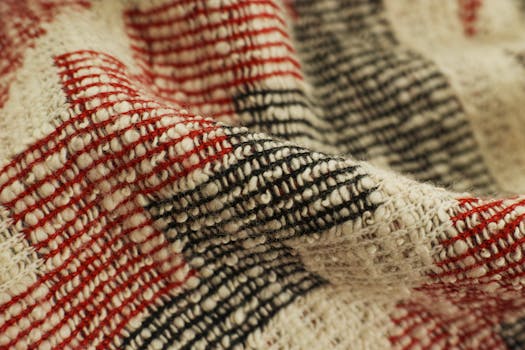Visually Delimiting Different Areas in an Open Space Room Using Rugs
Open space living has become increasingly popular in modern design, offering flexibility and a sense of spaciousness. However, one of the challenges of such layouts is creating distinct areas for various activities. Rugs can serve as an effective tool for visually delimiting these spaces, enhancing both functionality and aesthetics. This article explores how to use rugs to define areas in an open space room, supported by examples and insights.
The Importance of Defining Spaces in Open Floor Plans
Open floor plans can sometimes lead to a lack of definition, making it difficult to distinguish between different functional areas. This can result in a chaotic or cluttered appearance. By using rugs, homeowners can create a sense of order and purpose within the space. Here are some reasons why defining areas is essential:
- Functionality: Clearly defined areas help in organizing activities, such as dining, lounging, and working.
- Aesthetics: Rugs can add color, texture, and warmth, enhancing the overall visual appeal of the room.
- Comfort: Rugs provide a soft surface underfoot, making spaces more inviting and comfortable.
- Acoustics: Rugs can help absorb sound, reducing noise levels in open areas.
Choosing the Right Rugs for Your Space
When selecting rugs to delineate areas in an open space, several factors should be considered:
- Size: The size of the rug should correspond to the area it defines. A large rug can anchor a seating area, while smaller rugs can define entryways or reading nooks.
- Color and Pattern: Choose colors and patterns that complement the overall decor. Bold patterns can create a focal point, while neutral tones can provide a subtle boundary.
- Material: Consider the rug’s material based on the area’s function. For example, durable materials are ideal for high-traffic areas, while softer options are better for cozy spaces.
- Shape: Different shapes can influence the perception of space. Round rugs can soften corners, while rectangular rugs can elongate areas.
Examples of Using Rugs to Define Spaces
Here are some practical examples of how rugs can be used to visually separate areas in an open space:
- Living Room and Dining Area: A large area rug under the coffee table can define the living space, while a contrasting rug under the dining table can create a distinct dining area.
- Home Office Nook: A small, plush rug can delineate a home office area within a larger living space, providing a sense of separation and focus.
- Play Area for Kids: Brightly colored rugs can define a play area, making it visually appealing and inviting for children while keeping it distinct from adult spaces.
Case Studies: Successful Implementations
Several designers and homeowners have successfully utilized rugs to define spaces in open floor plans. For instance:
- Case Study 1: A New York City apartment featured a large, neutral-toned rug in the living area, complemented by a vibrant, patterned rug in the dining section. This contrast not only defined the spaces but also added visual interest.
- Case Study 2: A family home in California used a series of smaller rugs to create distinct zones for reading, playing, and relaxing. Each rug was chosen for its color and texture, contributing to a cohesive yet varied aesthetic.
Statistics on Rug Usage in Interior Design
According to a survey conducted by the American Home Furnishings Alliance, over 70% of homeowners believe that rugs play a crucial role in defining spaces within their homes. Additionally, 65% reported that rugs significantly enhance the comfort and warmth of their living areas.
Conclusion
Using rugs to visually delimit different areas in an open space room is a practical and stylish solution to enhance both functionality and aesthetics. By carefully selecting the right size, color, material, and shape, homeowners can create distinct zones that cater to various activities while maintaining a cohesive look. As demonstrated through various examples and case studies, rugs not only serve as decorative elements but also play a vital role in organizing and defining spaces. Embracing this design strategy can transform an open floor plan into a harmonious and inviting environment.
